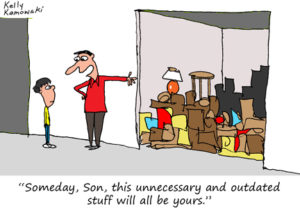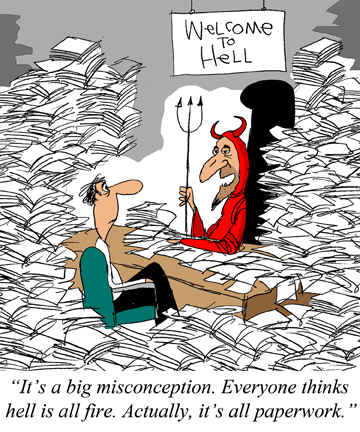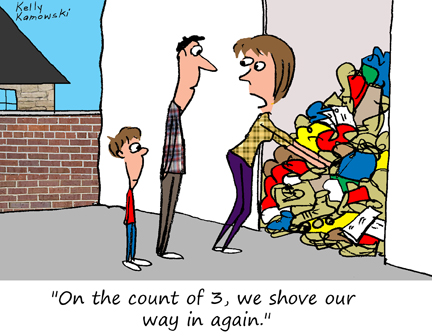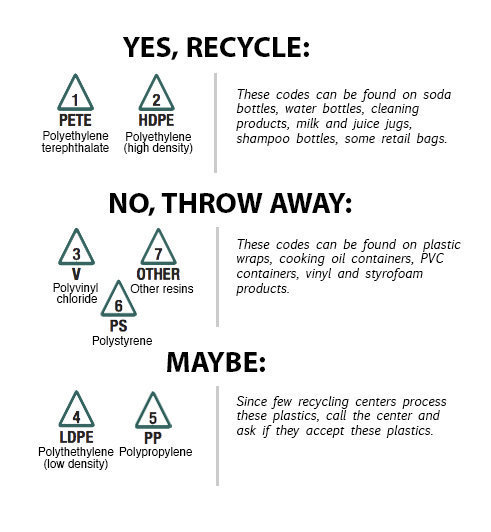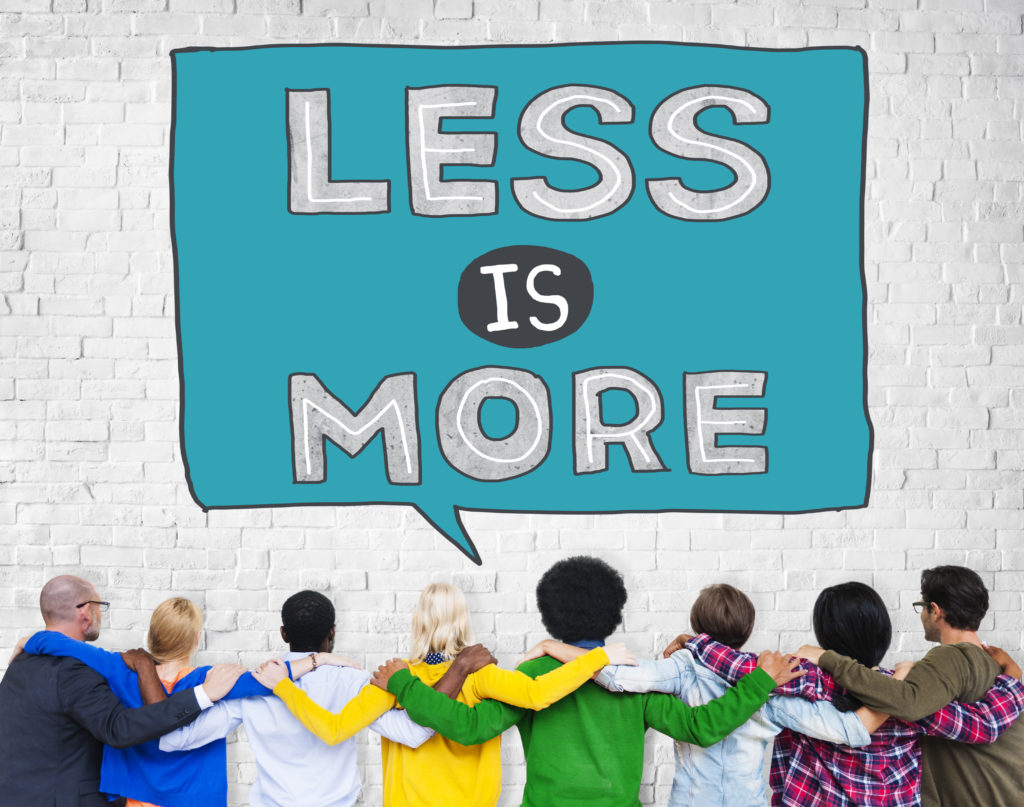You may think your children and grandchildren are interested in your life, and they are, but they will never want, nor have the time, to sort through your collection of old newspaper clippings, war memorabilia, beany-babies and logo t-shirts, unless this is the legacy you leave them.
Yes, your life has meaning. Yes, you want to be remembered after you go, but do you really want your kids to have to spend days, weeks and perhaps months, sifting through the things you cared so much about you stored them in your basement?
Unless they have already expressed an interest in these items, or they are archivists (or writers maybe), don’t assume they will find your life to be as fascinating as you think it is or was.
If you really want to pass on some of your life’s possessions, take the time now to curate what you own. In other words, downsize and decluttter that garage, attic, basement and external storage unit of all the stuff you’ve been “saving” for your kids that they can’t really use and definitely don’t want.
Unless you had a notable career where your life’s work may be of interest to the general public or as part of a special collection, don’t assume your children are so enamored of you that they will establish a museum in your honor.
They really don’t want your grandmother’s 12-piece china set, especially if it can’t go in the dishwasher!
If you have been storing their childhood toys, clothing, art and schoolwork, ask them if they still want them and set a deadline for collecting them. You are not a public storage facility. If they are grown, it’s time for them to claim their stuff or get rid of it themselves.
Still feeling attached to little Katie’s first drawing? Take a picture of it. Then donate what’s still usable — good quality clothing and gently used items that you would imagine buying yourself in their current condition — and recycle or dispose of the rest.
As a veteran professional organizer who has literally seen it all, please take my advice:
If you want to leave them a legacy, leave them with the gratitude they will have for you for not having to put their own lives on hold to deal with all your stuff when they already have plenty of their own.
It may sound odd or morbid, but if they are adults, take the time now to ask them what they really want of yours after you go. If that’s a conversation that seems impossible, then ask them to send you a list of what they want or alternately, write a list of what household items you want each of them to have. Consider including the list as part of your Will. Most of all, give them permission to say “thanks but no thanks.”
After my mother passed three years ago, my sister and I spent several weeks clearing out her home. I kept relatively little in part because my mother lived in New York and I’m in California and it costs a lot to ship items. Fortunately my sister and I didn’t want a lot of the same things. When we did, we negotiated. It was hard enough finding new “homes” for the usable items we didn’t want, let alone arguing over them, in the midst of our grief.
Whatever issues or conflicts exist between your children now, will be that much worse after you go. Do you really want your legacy to be your kids fighting over who gets your collection of vintage Santa Claus statues?
Don’t do this to your children!
